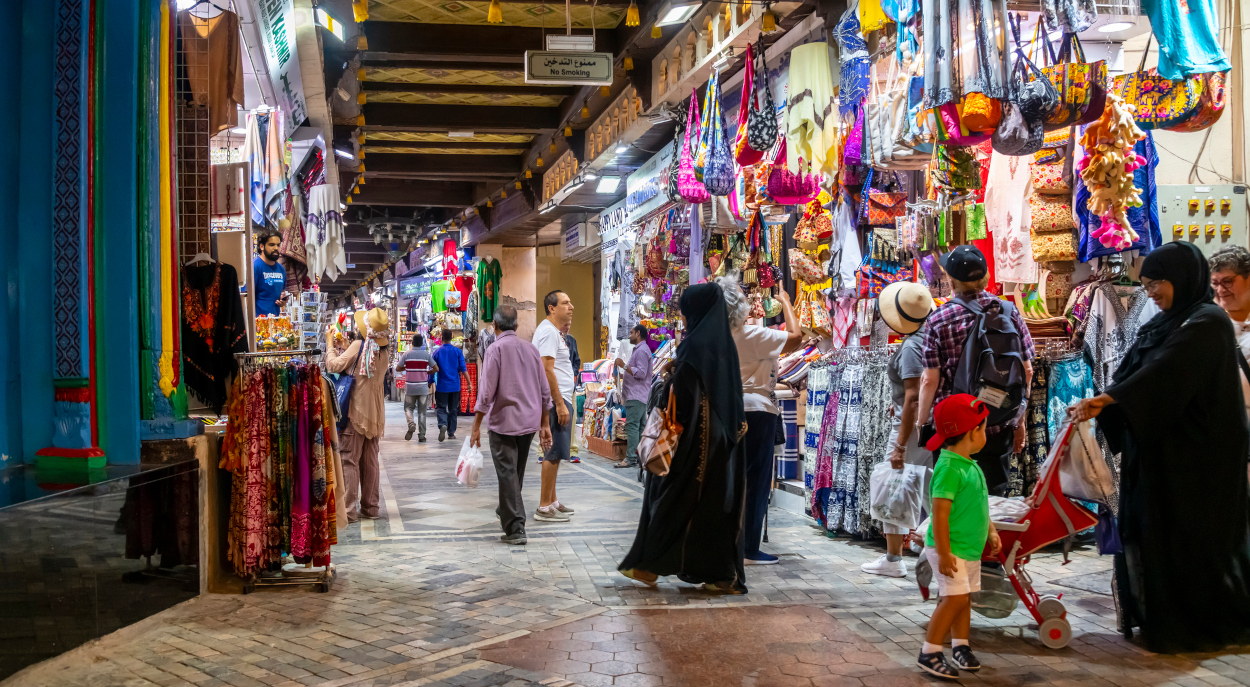Oman: Upgrade from category 5/7 to 4/7 for MLT political risk

Positive macroeconomic trends
Over the last four years, Oman has been inverting the negative macroeconomic trends that characterised the aftermath of the 2014 oil price crash. The sultanate has largely improved its public finances and current account balances, and reduced its external debt. It did so thanks to a rebound in oil prices, an efficient use of recent higher oil revenues and the implementation of structural reforms in a stable political environment. Specifically, the public debt burden has almost halved, from 61.3% of GDP in 2021 to 36.4% of GDP in 2023, current account deficits have turned to surpluses over the last two years and external debt has fallen by almost 20% over the same period. Given this significant turnaround and the ongoing structural reform plans, Credendo upgraded Oman’s MLT political risk from category 6 to category 5 in 2022, and this year to category 4.

After all, despite short-term economic headwinds, external and fiscal positions have further improved. Oil production cuts under the OPEC+ agreement and a prolonged high interest rate environment are weighing on Oman’s near-term growth prospects. As a result, growth levels stagnated at 1.3% in 2023. They are projected at a muted 1.2% for this year. On the upside, oil prices are currently above Oman’s fiscal and external break-even prices (estimated in 2024 at USD 69.9 per barrel and USD 58.1 per barrel respectively) continue to support healthy fiscal and current account surpluses. In this context, foreign exchange reserves remain at adequate levels.
A positive medium-term outlook is underpinned by strengthened macroeconomic buffers, the authorities’ commitment to fiscal discipline and the still favourable – but decreasing – hydrocarbon prices. Under these conditions and bolstered by the Oman Vision 2040 programme, growth levels are forecast to pick-up starting next year and average 3.3% over the medium term. Public finances are projected to continue their positive trend as well, supported by the medium-term fiscal plan. The IMF forecasts that the public debt burden will fall under 30% of GDP by 2028. Oman’s medium-term external position should also remain robust.
Outlook still subject to downside risks
Oman needs a combination of favourable hydrocarbon prices and fiscal discipline to maintain its financial and economic standing. Other key risks are related to the ongoing economic diversification drive. Despite intensifying efforts, Oman still lags behind other GCC countries and remains very reliant on the hydrocarbon sector for its current account and public revenues. Thus, a negative shock to hydrocarbon markets could still have deep consequences, impacting once again the fiscal and external positions and possibly the authorities’ ability to maintain fiscal discipline. Moreover, there are also challenges related to the diversification plan itself. One concern is related to the fact that GCC countries are all targeting similar sectors (such as tourism, logistics and financial services) in their diversification plans. Last but not least, an escalation of the war in Gaza remains an important risk. So far, Oman has remained largely insulated from the conflict’s fallouts. However, in case of disruption of the hydrocarbon markets (notably affecting the Strait of Hormuz), the country could be significantly affected.
Analyst: Andres Hernandez Cardona – a.hernandezcardona@credendo.com